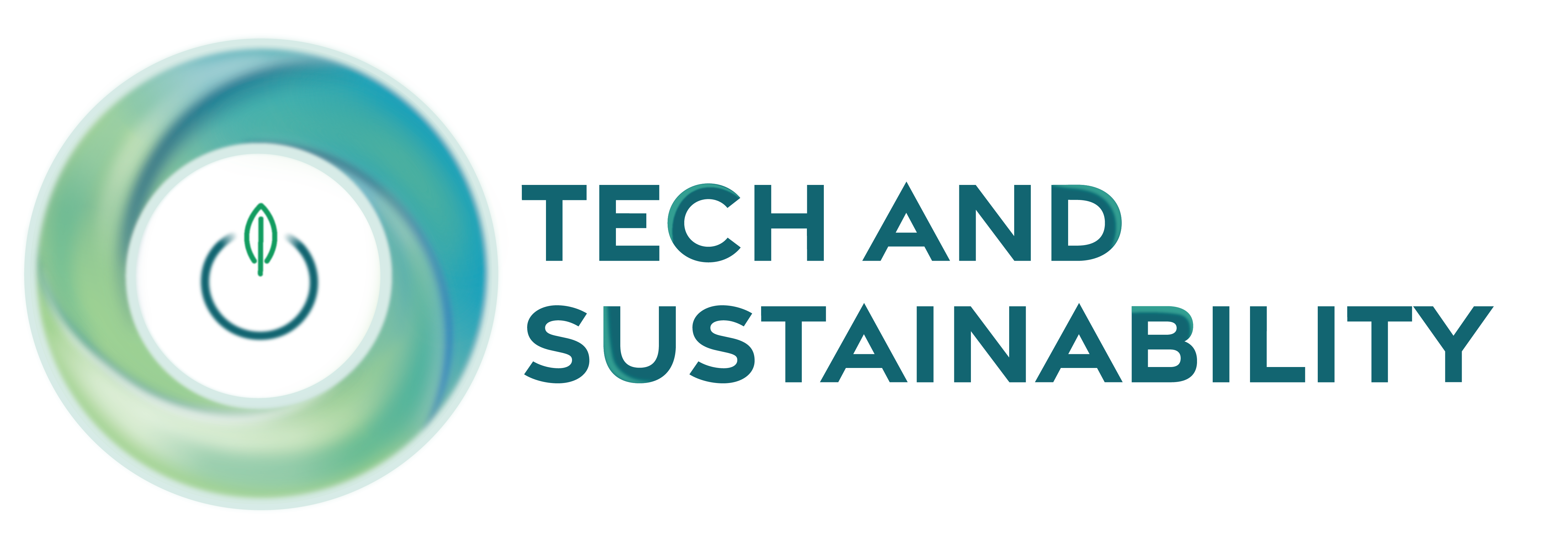With an aim to shape the future of technology, California-based tech giant Intel announced that it has allocated $425M (approximately €385.47M), or approximately 34 per cent of its inaugural $1.25B green bond proceeds.
Intel’s first green bond impact report reveals that the proceeds from the green bond have been allocated to five project categories supporting sustainable operations: pollution prevention & control, water stewardship, energy efficiency, renewable energy and circular economy & waste management.
Intel’s investments aim to create a greener and more sustainable future by actively addressing environmental challenges and promoting responsible business practices.
What are Green bonds?
A green bond is a type of fixed-income financial instrument that is specifically issued to raise capital for projects or initiatives with positive environmental and/or climate benefits.
These projects could include renewable energy ventures, energy efficiency improvements, sustainable infrastructure projects, pollution control measures, and other environmentally friendly initiatives.
The issuance of green bonds helps investors support and finance projects that contribute to a more sustainable and environmentally responsible future.
David Zinsner, Intel’s CFO says, “Intel’s first-ever green bond is an important way to advance our corporate responsibility efforts. Through these investments, we have made significant progress in reducing greenhouse gas emissions, conserving energy, reducing water use and managing our waste streams.”
“As a long-standing leader in sustainable computing, we are minimising our impact on the planet while delivering value to our customers, communities, employees and shareholders. We will continue to find innovative ways to drive responsible business practices as we enable the global semiconductor supply chain,” adds Zinsner.
Why it matters?
Intel claims its green bond plays a crucial role in advancing the company’s environmental sustainability goals through projects meeting specific eligibility criteria. Notably, funds have been allocated to support water reclamation facilities, enabling Intel to treat and reuse water, and conserving it within its manufacturing operations.
Additionally, investments in point-of-use abatement systems have helped limit greenhouse gas emissions, resulting in significant reductions.
In 2021 and 2022, these projects collectively led to a reduction of 5.3 million metric tons of GHG emissions, conserved 4.5 billion gallons of water, and diverted 56,000 tons of waste from landfills. These initiatives are expected to continue making a positive impact in the future.
Intel’s long-term sustainability commitments include achieving 100 per cent renewable electricity across its global operations, net positive water usage, zero waste to landfills by 2030, net-zero GHG emissions across its global operations by 2040, and net-zero upstream GHG emissions by 2050.
As of the end of 2022, Intel had already achieved 93 per cent renewable electricity usage globally, net positive water in the US and India, and substantially reduced waste sent to landfills.
The company believes these investments and commitments reflect its dedication to environmental responsibility and demonstrate its efforts to support a sustainable future through its operations and initiatives.






